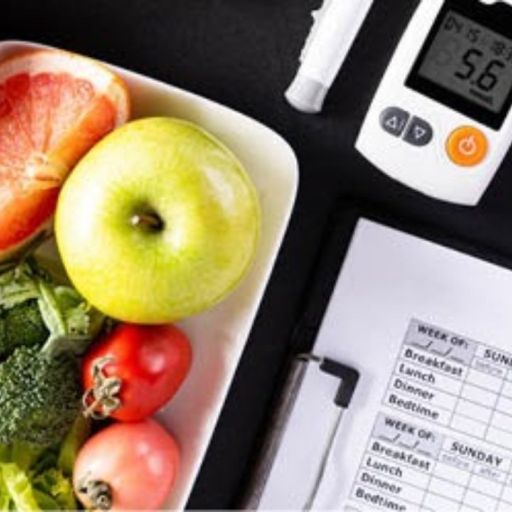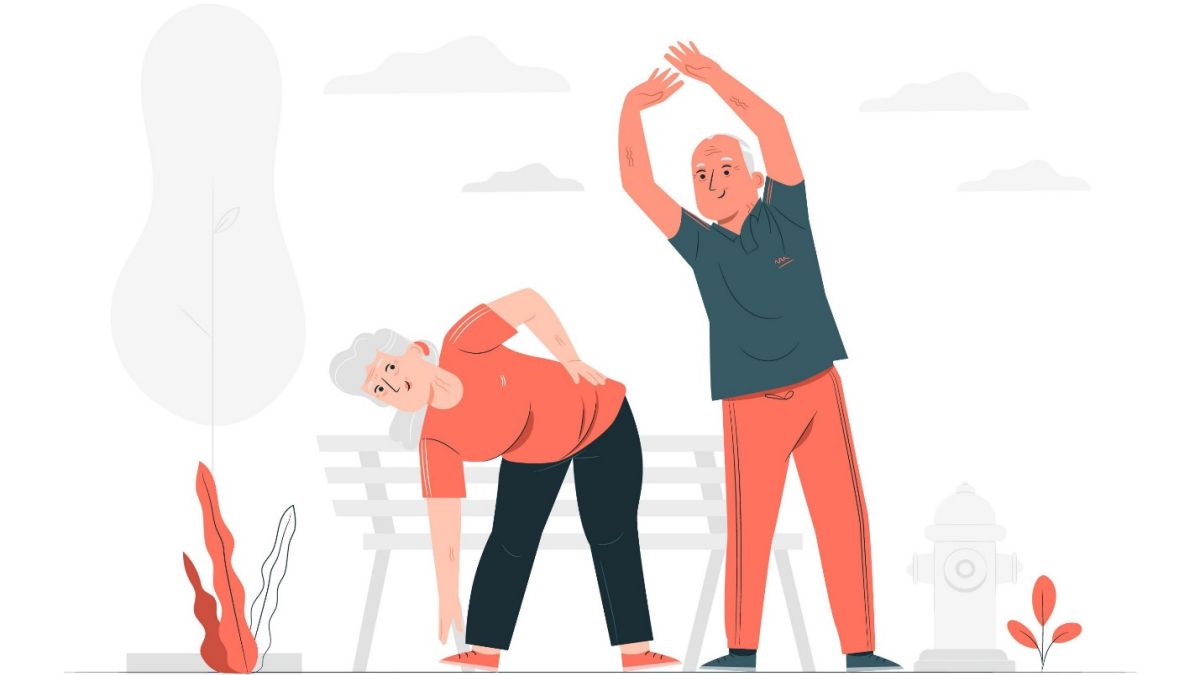How to Prevent Diabetes: Lifestyle Changes That Make a Difference
Diabetes, especially the type 2 variants, is rising worldwide. It’s a leading cause of blindness, kidney failure, heart attacks, strokes, amputations, and early death. But here’s the surprising part: over 80% of people with prediabetes don’t even know they have it. Also, one in four with full-blown diabetes is completely unaware.
But not all things are so gloomy. Research shows a healthy lifestyle can help prevent diabetes. It might even reverse it. Let’s look at some of the small lifestyle changes that could save you big trouble down the road.
Required lifestyle changes for preventing diabetes
The factors contributing to diabetes include risk factors such as genetic makeup and family background. Unfortunately, these cannot be altered. However, some other risk factors can be dealt with.
Activities such as less eating, more physical activity, and better sleeping patterns will be able to minimize the risk of developing diabetes or other related ailments.

Eat healthy foods
You can lower your chances of developing diabetes by adopting a plant-based diet. Food items such as fruits, vegetables, nuts, seeds, zinc, and whole grain foods contain high levels of nutrients.
They contain fiber, vitamins, and antioxidants, which help reduce stress in the body—a factor in developing diabetes.
Fiber, found in fruits and whole grains, keeps you feeling full longer because it takes time to digest. This can help you manage your weight and improve heart health.
Choose foods high in fiber like whole grains, root vegetables, and beans instead of refined carbs like white bread and snacks. Studies show eating vegetables like leafy greens and fruits like apples can lower your diabetes risk.
Eating healthy fats like omega-3s and cutting down on trans and saturated fats also helps. Include fatty fish in your diet twice a week, go for low-fat dairy, and limit processed meats.
Engage in physical activities alone or with others.
Everyone knows the effectiveness of exercises and physical activities when it comes to controlling diabetes. It raises energy levels and emotions. Engaging in physical activities also decreases the chances of developing cardiovascular disorders, obesity, and type 2 diabetes.
If your body does not respond properly to insulin, the sugar in the food that we consume remains in the blood instead of being used for energy. But exercise helps to improve your body’s insulin tolerance level, which controls blood sugar.
Maximum fat loss occurs when both aerobic and weight-training exercises are employed. Weightlifting increases muscle tissues, which in turn enhances caloric expenditure in the body.

Losing weight
Extra weight, especially around your belly, increases the risk of type 2 diabetes. Losing just 5%–7% of your weight can make a big difference. This helps you lower the chance of getting diabetes.
Losing weight can be tough, especially if you’ve tried before without success.
To succeed, create an eating plan that fits your lifestyle and tastes. A registered dietitian can help you craft a plan you’ll enjoy and stick to long-term.
Quit Smoking
Smoking does more than just hurt your lungs. It makes your body fight against insulin. This can lead to diabetes. Smoking also slows your blood flow. That increases the risk of heart disease, nerve damage, and hardening of the arteries. These are common problems for people with diabetes.
Quitting smoking is one of the best things you can do for your health. It’s tough, but it’s worth it. Your doctor can help with advice, support, or treatments. You don’t have to do it alone.
Manage Stress
Stress doesn’t cause diabetes directly, but it plays a sneaky role. When you're stressed, your body pumps out a hormone called cortisol. Too much cortisol can make it harder for your body to manage insulin. This raises your blood sugar. Managing stress is important for staying healthy.
If stress is always hanging around, think about seeing a therapist, working with a coach, or joining a support group. Find what works for you—whether it’s meditating, exercising, or journaling. Your mind and body will thank you.
Get Enough Sleep
Sleep isn’t just a luxury; it’s a necessity. Skimping on sleep doesn’t just leave you groggy. It also confuses your body about blood sugar management. Poor sleep can mess with insulin sensitivity, making it a challenge to keep glucose levels steady.
Aim for 7-9 hours of quality sleep nightly. Can’t sleep? Try a calming bedtime routine or check with your doctor for sleep issues like sleep apnea. Your bed should be for sleeping, not tossing and turning!

Limit sugary drinks and processed foods
Soda and energy drinks are like party crashers for your blood sugar. They cause spikes that could increase your risk of diabetes. Plus, processed foods often hide sugars and unhealthy fats. So, ditch the sugary stuff! Opt for water, herbal teas, and whole foods instead.
Also, don’t forget to read labels. Those sneaky sugars can be lurking in your favorite snacks.
Stay Hydrated
Water is your best friend! Staying hydrated helps keep blood sugar levels in check. It supports kidney function, helping your body kick excess glucose out through urine. So, drink water throughout the day. Say goodbye to sugary drinks that send your blood sugar on a rollercoaster ride!
Regular health check-ups
Prevention starts with a little detective work. Many people with prediabetes have no idea they’re at risk. That’s why regular health check-ups are crucial. Get those blood sugar levels tested often, especially if you’re at risk. Early detection means you can take action before things get serious!
Preventing diabetes is all about making smart lifestyle changes. Simple steps like eating well, staying active, and getting enough sleep can make a big difference. Quitting smoking and managing stress also play key roles.
Regular check-ups are essential for early detection. Remember, small changes add up to big results. By taking these steps, you can protect your health and lower your risk of diabetes. So, start today and take the necessary step to protect yourself from this deadly disease.
OTHER NEWS
-
- Health Guide For Senior Golfers: How To Prevent Common Injuries In Golf
- By Prodosh Kundu 09 Oct,2024

-
- Should I continue brushing if my gums bleed?
- By Dr. James 21 Mar,2024

-
- How to relieve migraine after tooth extraction and its causes
- By Jason 14 Mar,2024

-
- How to Prevent Physical and Mental Inactivity in Elders
- By Syed Hassan Sabeeh Kazmi 17 May,2024

-
- Innovative Treatments for Lung Cancer: What’s on the Horizon?
- By Prodosh Kundu 18 Sep,2024

-
- How to Achieve Healthy Rapid Weight Loss without Risks
- By Prodosh Kundu 10 Sep,2024

-
- 4 Types of Exercises for the Body: Which Exercise is Better?
- By Fatima Amir 21 May,2024

-
- The Importance of Dental Health: More Than Just a Smile
- By Roha Tariq 25 Apr,2024

-
- The Truth About Cholesterol: Myths vs. Facts
- By Prodosh Kundu 09 Sep,2024

-
- Influences and Innovations in Dental Health
- By Roha Tariq 07 May,2024

-
- Understanding the Different Types of Life Insurance Policies
- By Prodosh Kundu 14 Aug,2024

-
- Questions to Ask your Doctor after Menopause and Health Chechups
- By Fatima Amir 23 May,2024

 1
1 1
1